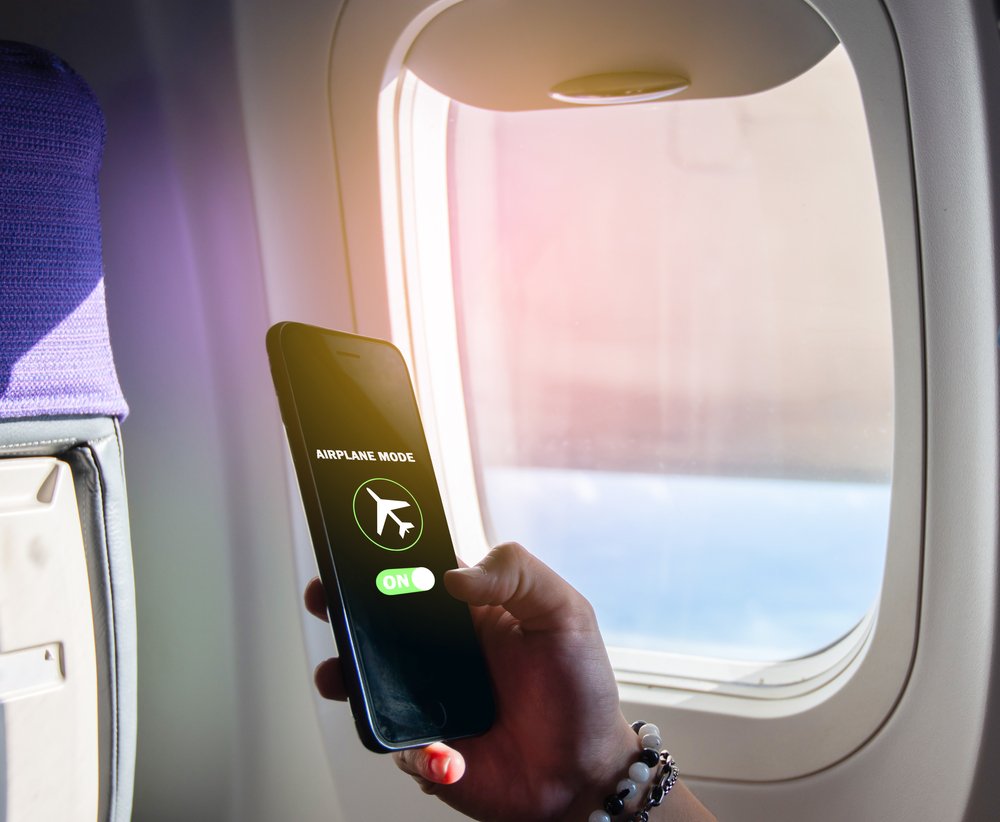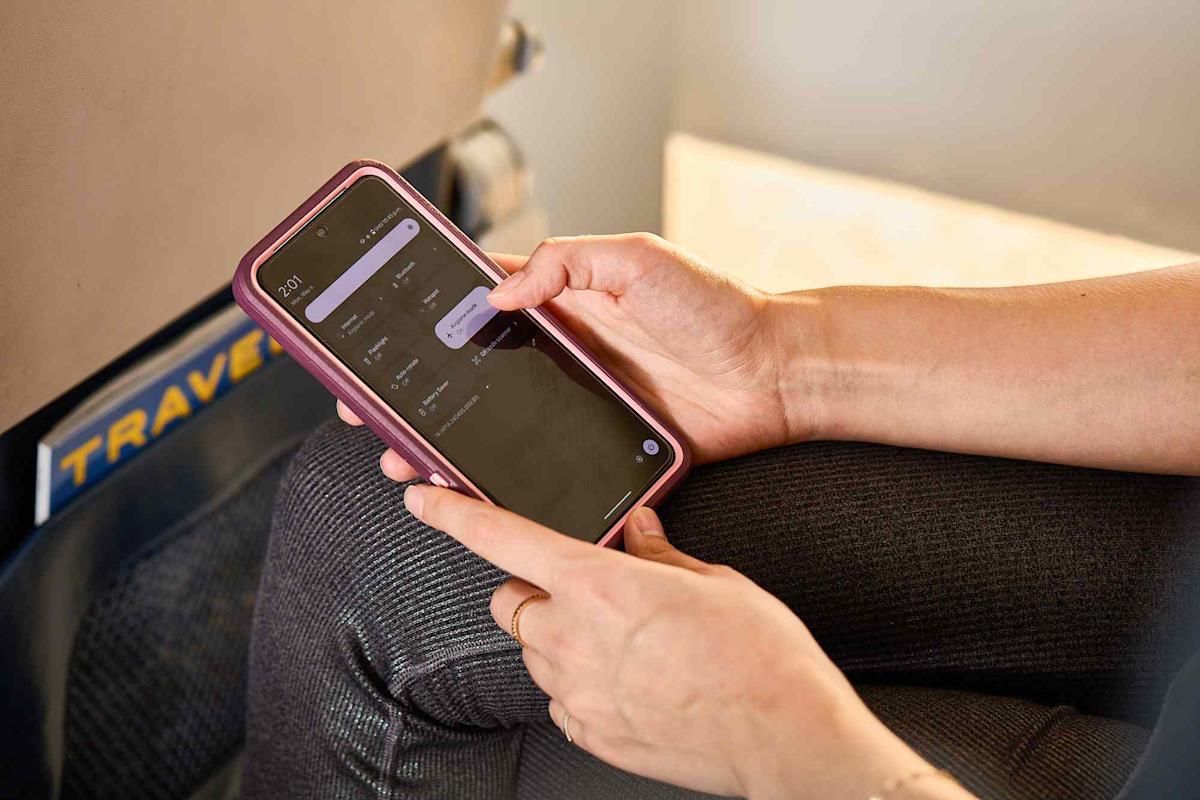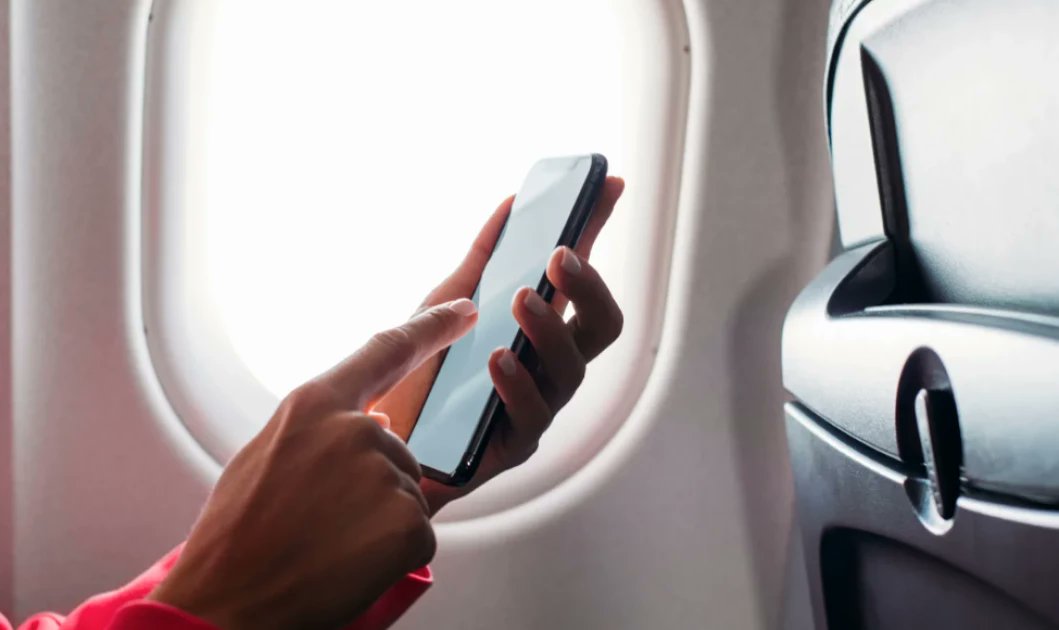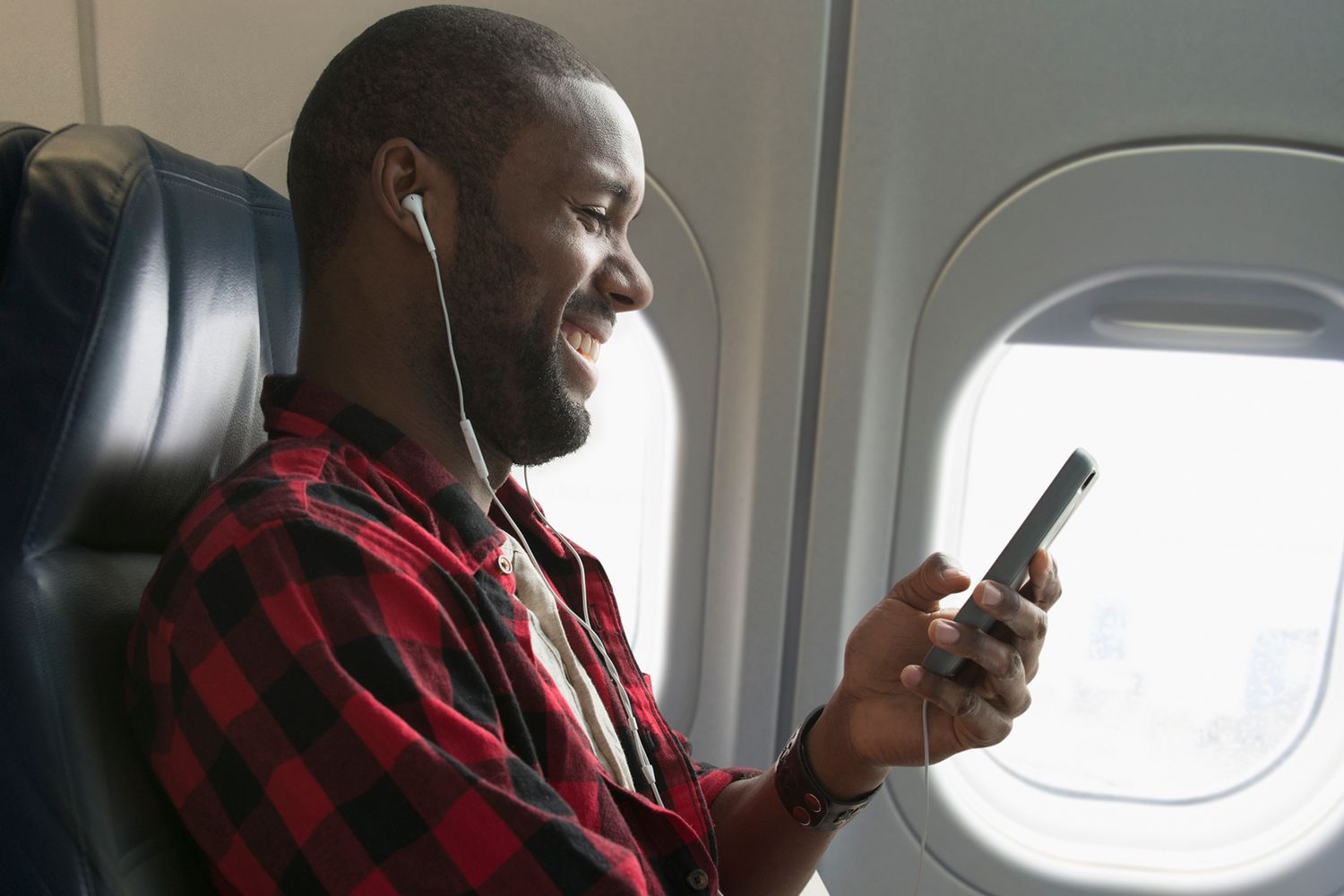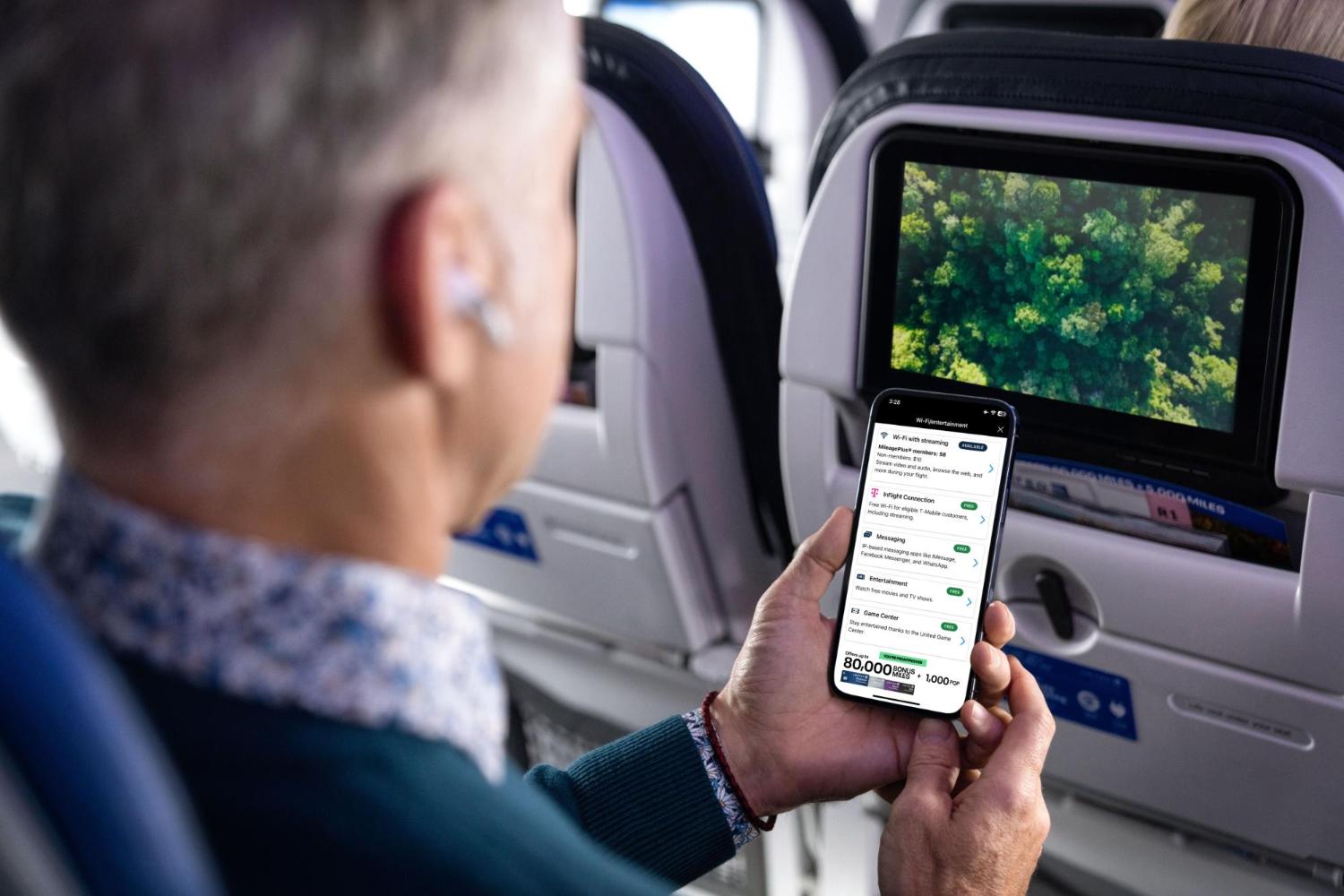
Abu Dhabi’s Stopover Programme, a flagship initiative jointly led by Etihad Airways and the Department of Culture and Tourism – Abu Dhabi (DCT Abu Dhabi), has achieved unprecedented success, setting new benchmarks for visitor numbers, bookings, and economic impact. In the first four months of 2025, the programme recorded 25,000 bookings-a remarkable 47% increase compared to the same period in 2024-while visitor arrivals surged to 44,000, marking a 76% rise over the previous year.
This rapid growth builds on the momentum of 2024, when Abu Dhabi welcomed 85,000 international stopover guests, up from just 12,000 in 2023. Etihad Airways now projects that more than 130,000 stopover guests will visit the Emirate in 2025, highlighting the programme’s accelerating popularity and its ability to attract incremental visitors at an impressive rate.
The Abu Dhabi Stopover Programme is designed to encourage transit passengers to extend their layovers and experience the city’s world-class attractions, luxurious hotels, and vibrant cultural scene. Available exclusively to Etihad Airways passengers, the programme allows travellers to seamlessly add a one- or two-night complimentary hotel stay at premier properties across the city during the online booking process.
The introduction of the Abu Dhabi Pass has further enhanced the experience, offering practical benefits and exclusive discounts at leading attractions, restaurants, and entertainment venues. These features make it easier and more appealing for travellers to explore the Emirate’s diverse offerings, from iconic landmarks like the Sheikh Zayed Grand Mosque and Louvre Abu Dhabi to thrilling theme parks on Yas Island and serene desert landscapes.
The programme’s success is also driven by its broad international appeal, attracting travellers from key markets such as the United States, Canada, the United Kingdom, Germany, France, India, Japan, and South Korea. Many visitors who initially stopover for a short stay are now returning for longer dedicated holidays, drawn by Abu Dhabi’s unique blend of tradition and modernity. The average length of stay for stopover visitors has increased, with travellers exploring more attractions and spending more time in the Emirate.
This trend not only enriches the visitor experience but also delivers a substantial economic boost to Abu Dhabi, supporting the objectives of the city’s Tourism Strategy 2030, which aims to attract 39.3 million visitors, create 178,000 new jobs in the tourism sector, and contribute AED 90 billion to Abu Dhabi’s GDP by 2030.
Industry experts attribute the programme’s popularity to its seamless booking process, strategic partnerships, and the exceptional value it offers through complimentary hotel stays and curated experiences. The collaboration between Etihad Airways and DCT Abu Dhabi has been instrumental in positioning Abu Dhabi as a premier stopover destination, leveraging the airline’s global network and the city’s world-class infrastructure.
This partnership has also fostered innovation in the travel sector, setting new standards for customer experience and destination marketing.
Looking ahead, both organizations have outlined ambitious plans to further enhance the programme, including new partnerships, tailored packages, and expanded offerings. These initiatives are expected to drive continued growth and reinforce Abu Dhabi’s position as a leading global tourism destination. The Stopover Programme is not only transforming the way travellers experience the Emirate but also contributing significantly to the city’s long-term economic and cultural development.
As Abu Dhabi continues to innovate and invest in its tourism sector, the Stopover Programme stands as a shining example of how collaboration between airlines and tourism authorities can create win-win outcomes for travellers, businesses, and the local community. With its record-breaking success, the programme is set to play a pivotal role in shaping the future of tourism in Abu Dhabi and beyond.












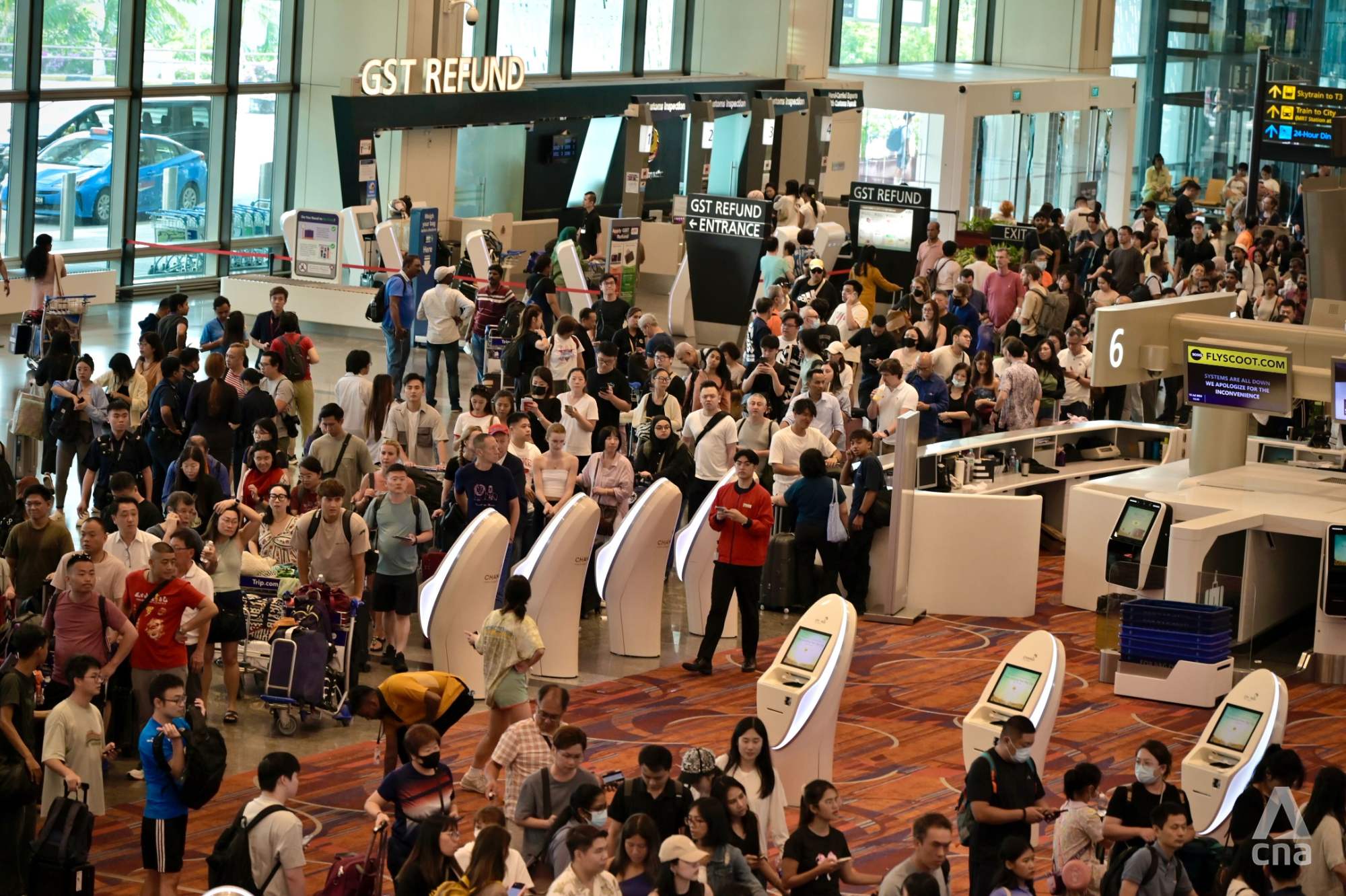














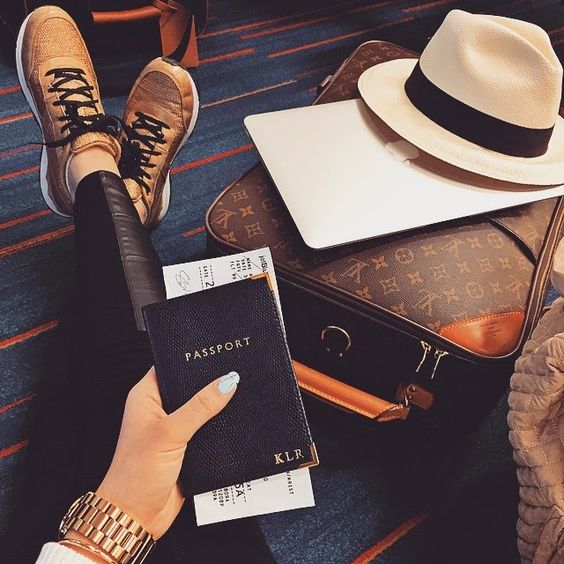
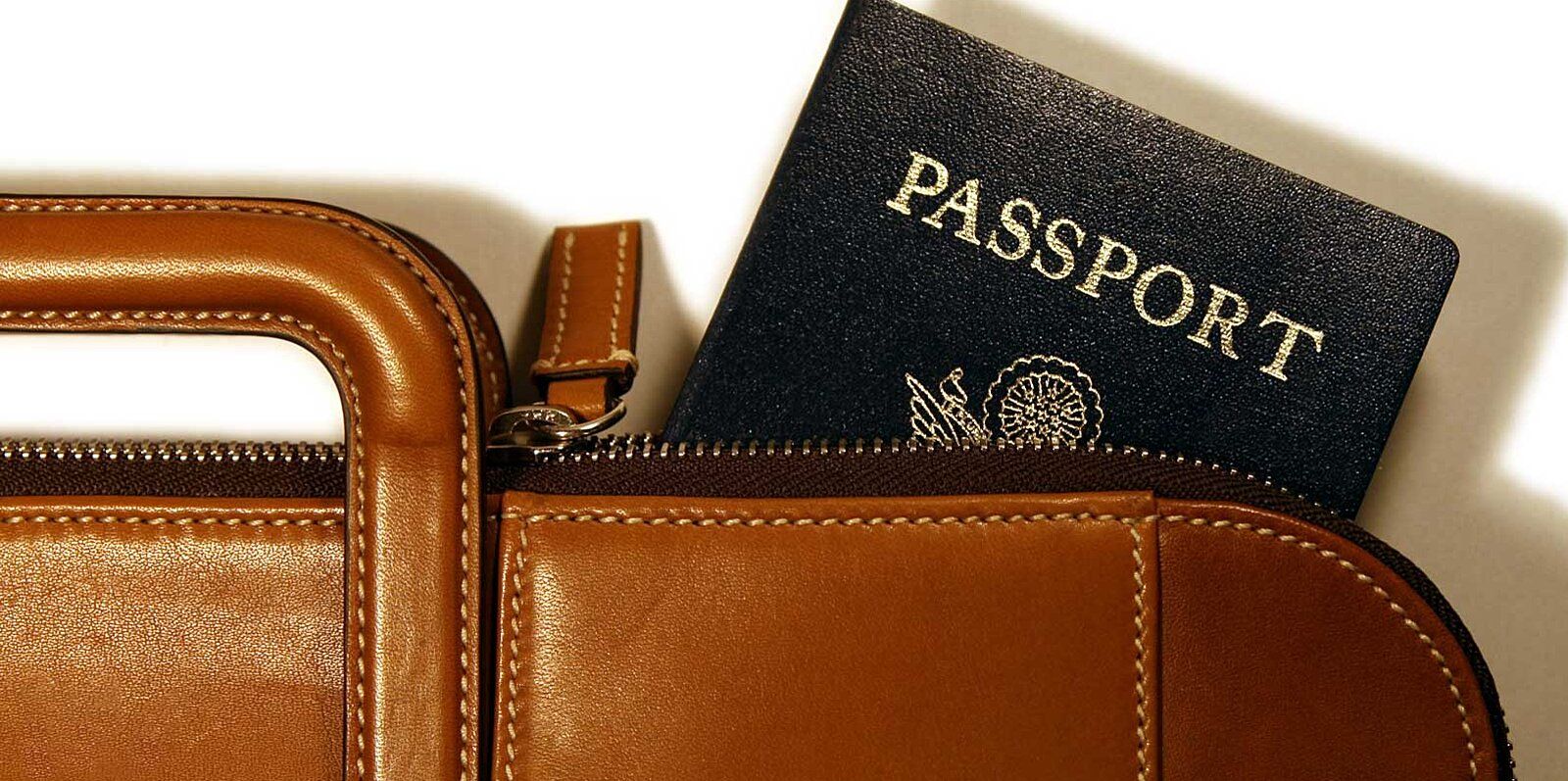
.jpg)








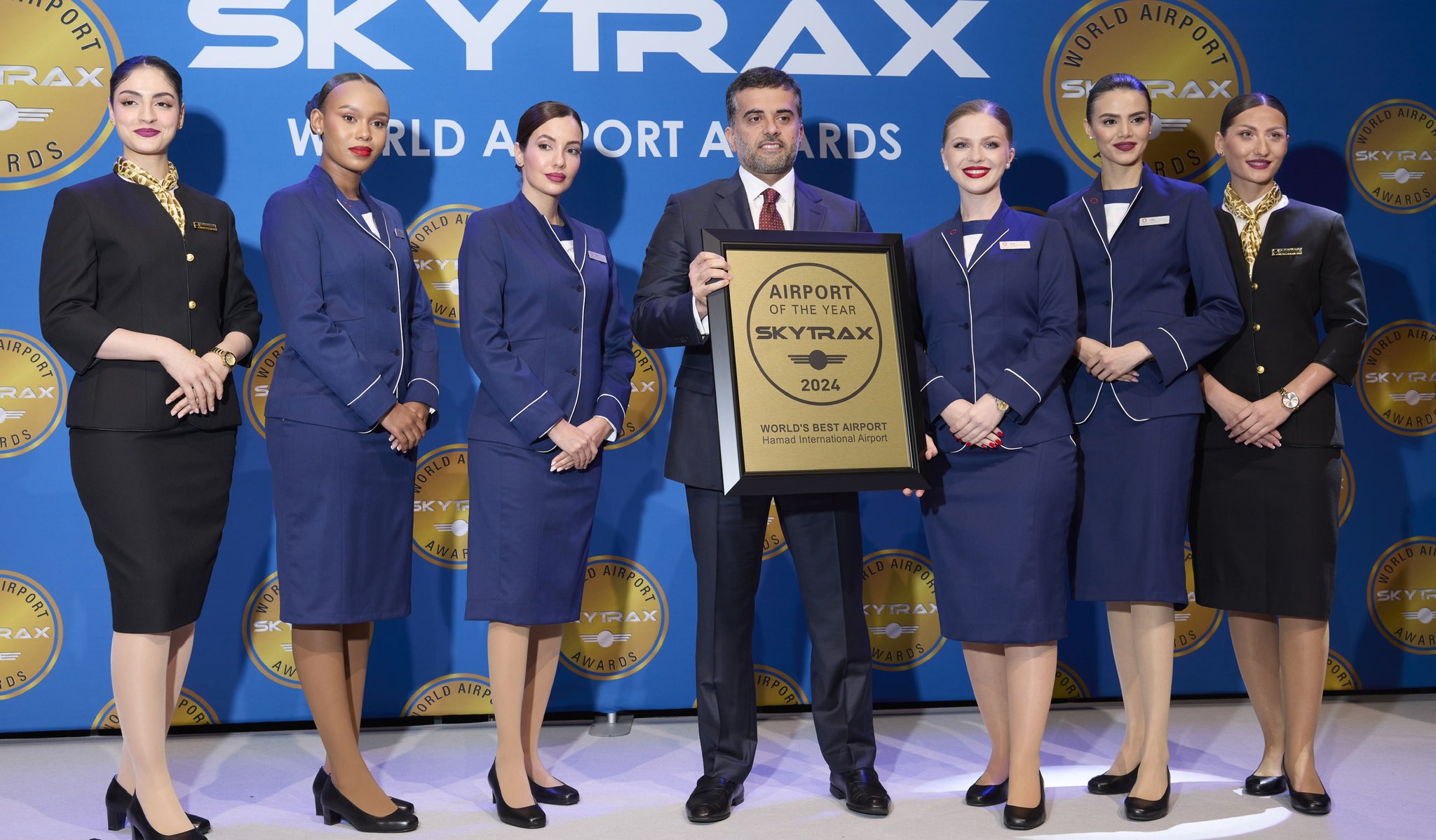
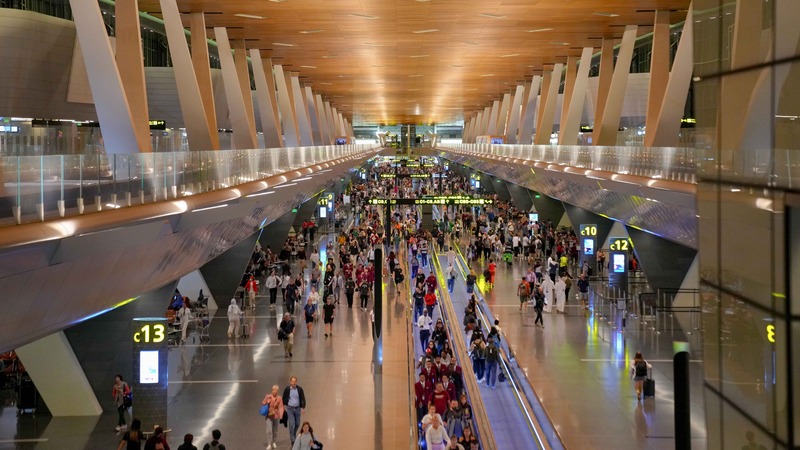







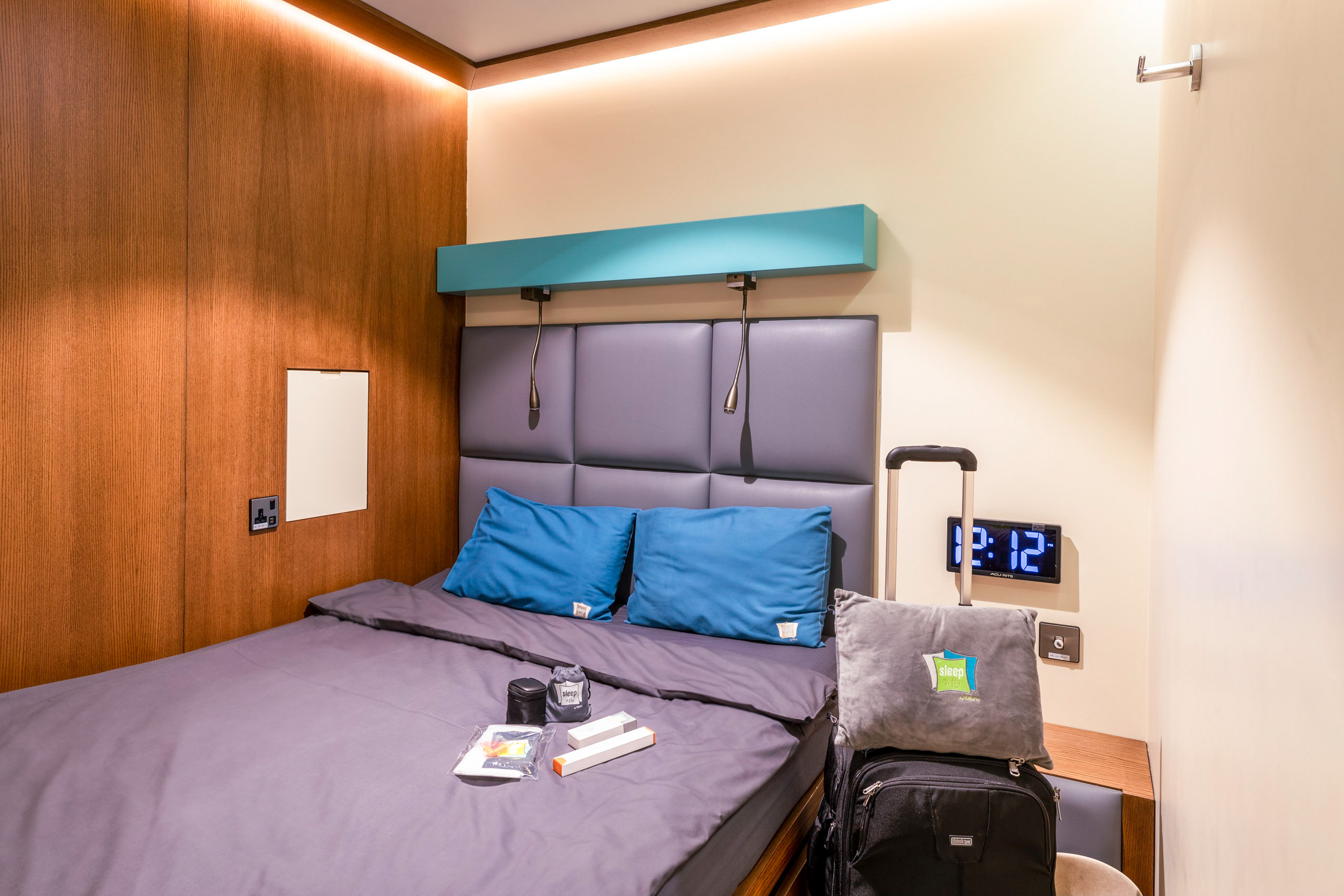


.jpg)










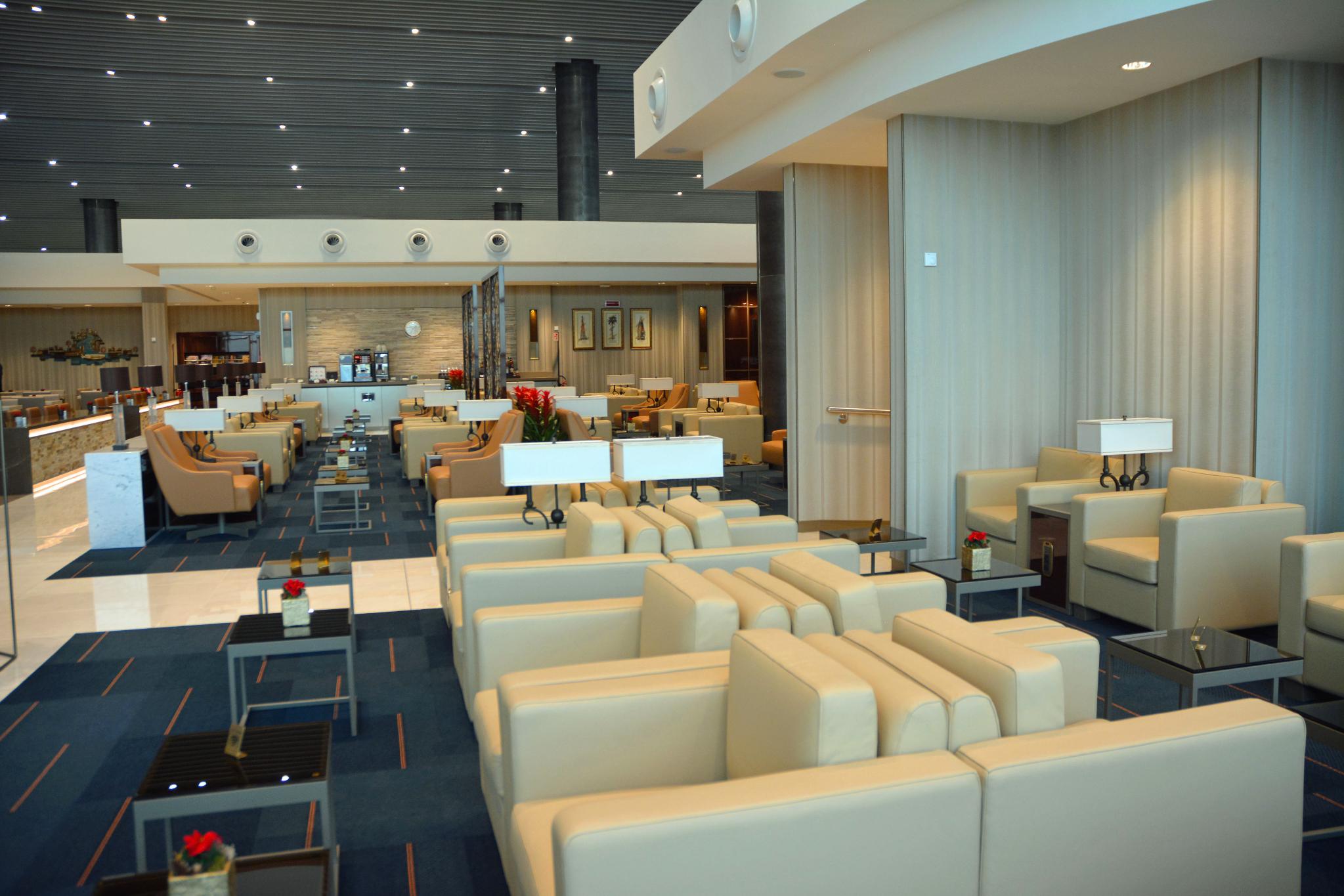
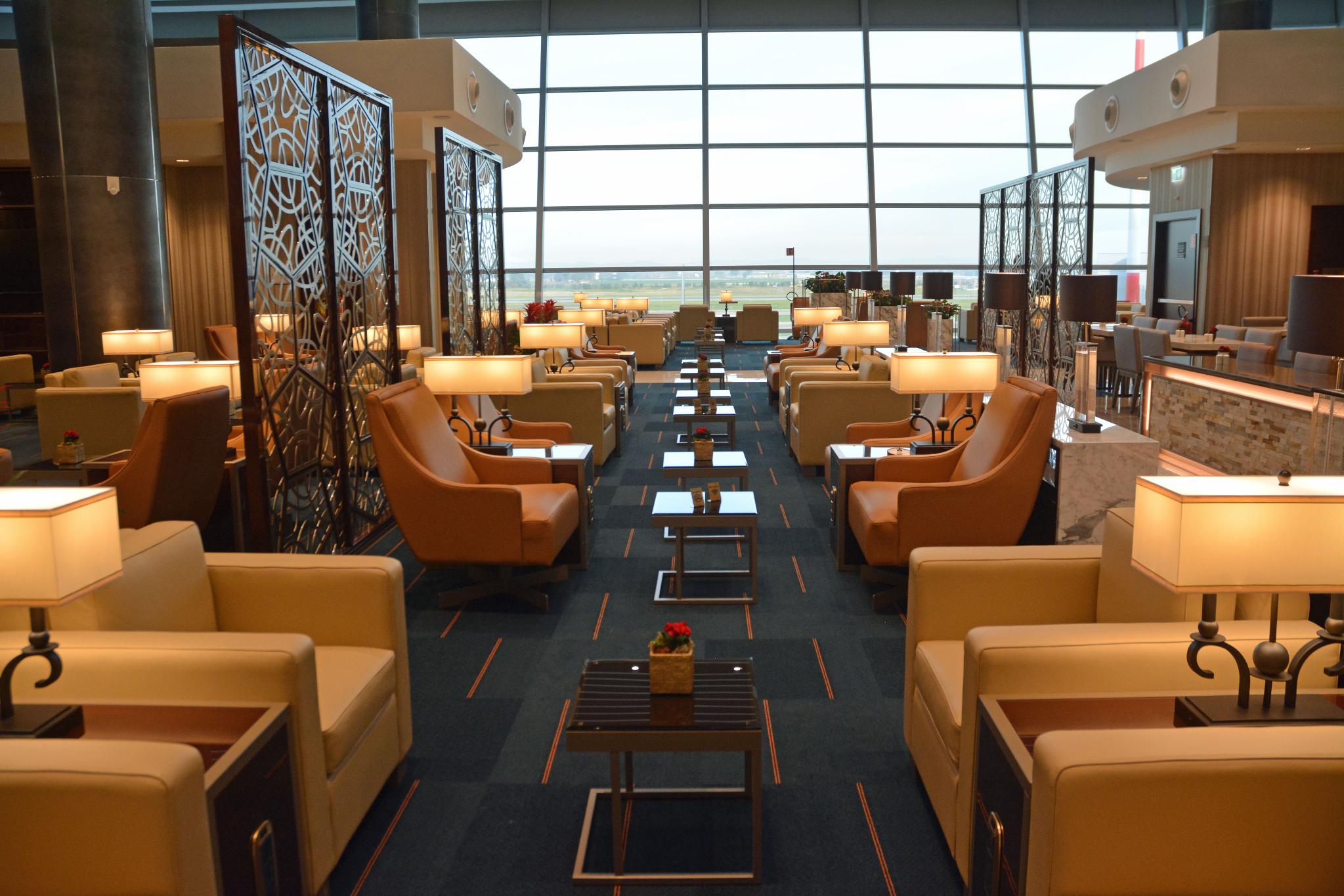


.jpg)
.jpg)





